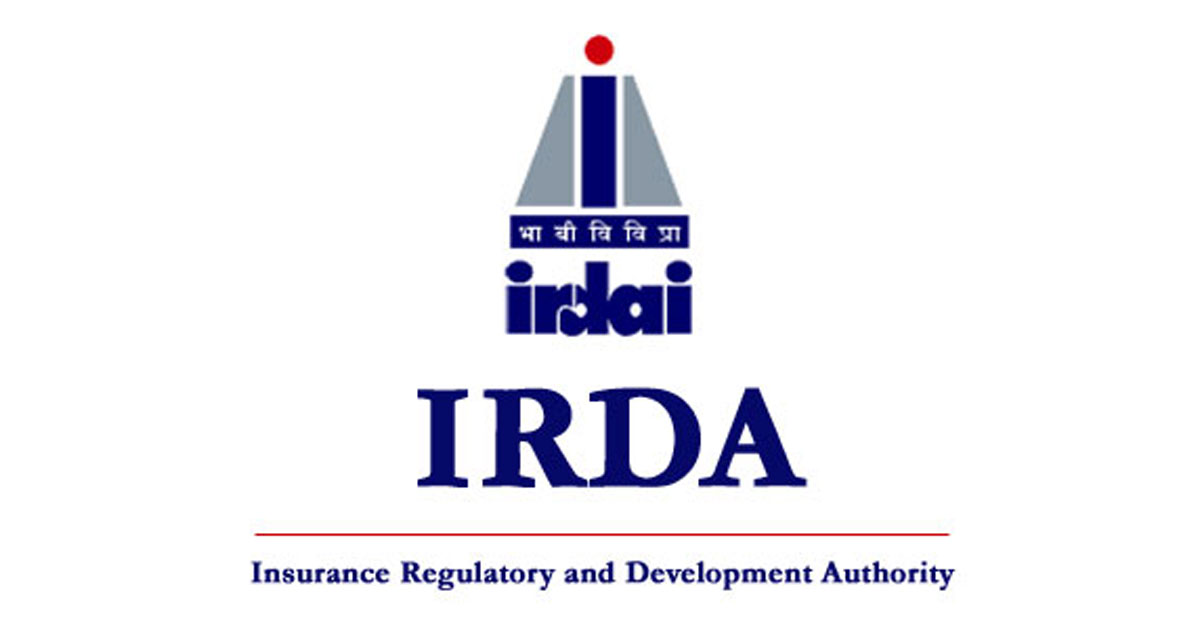Here’s a quick read detailing the differences between two popular government schemes namely, Ayushman Bharat Yojana and Pradhan Mantri Matru Vandana Yojana.

The Indian government offers several prudent healthcare schemes to all its citizens. They are meant for people of all age groups and all walks of society and life, in general.
One such prominent scheme is the Ayushman Bharat Scheme. This is a government-sponsored health scheme that provides healthcare facilities to more than ten crore lower section people in the country.
The Pradhan Mantri Matru Vandana Yojana (PMMVY) on the other hand, is a maternity benefit program. Both these schemes provide health benefits to Indian citizens. However, they are very different from each other in what they do.
Let’s learn more about each of them in order to clearly understand their differences as well as their benefits.
Ayushman Bharat Yojana
The Ayushman Bharat Yojana is said to be the biggest government-sponsored health scheme in the world. It has been created with the aim to provide health care services to more than ten crore people living in India’s cities and villages.
This scheme was launched by Prime Minister Narendra Modi on the 23rd of September 2018. It has been active since the 25th of September 2018 and has since been renamed as PM Jan Arogya Yojana (PMJAY).
What Does it Do?
As already mentioned, the Ayushman Bharat Yojana is a health care insurance scheme for Indian citizens. This scheme offers an insurance cover of Rs. 5 lakhs to every family enrolled in it. This scheme is aimed at providing health insurance cover to people coming from economically backward segments. It is available to people in both rural as well as urban areas.

Who Is Eligible for PM Jan Arogya Yojana?
In order to qualify for the PM Jan Arogya Yojana or the Ayushman Bharat Scheme, the Indian government has listed down a specific criteria. This is different for rural and urban areas.
Eligibility Criteria for Rural Areas
SC/ST families
Tribal groups
Landless households
Destitute individuals
Individuals living on alms
Released bonded labourers
Manual scavenger families
Families with at least one disabled member
Families with no able-bodied adult member
Families with no adult member between the age of 16-59
Families living in kaccha homes of one room
Eligibility Criteria for Urban Areas
The list for urban areas is based on occupational categories found in the city area, like electricians, plumbers, housemaids, street vendors, drivers, bus attendants, sanitation workers, etc. The government has taken time to identify eleven occupational categories and sub-segments that can benefit from this scheme.
How Does PM Jan Arogya Yojana Work?
The PM Jan Arogya Yojana provides both pre and post hospitalisation expenses cover. It does not require the beneficiaries to pay any premium and covers all the expenses related to secondary care. This scheme also applies to a number of tertiary care procedures.
Hospitals enrolled with Ayushman Bharat Yojana designate an individual called ‘Ayushman Mitra’. This person assists the beneficiaries throughout the course of their treatment. A help desk is also established for taking care of eligibility, documentation, enrolment, etc.
Pradhan Mantri Matru Vandana Yojana
The Pradhan Mantri Matru Vandana Yojana (PMMVY) was previously known as the Indira Gandhi Matritva Sahyog Yojana (IGMSY). It is a maternity benefit provided by the Government of India. This scheme is supervised and implemented by the Ministry of Women and Child Development.
This scheme was conceived after years of statistics pointed towards malnutrition and mishandling of pregnancy as the reasons behind an increased number of maternal deaths during childbirth. It was also observed that undernourished women were giving birth to babies who were underweight, signifying it to be one of the major contributing reasons behind increased infant mortality rate.
Furthermore, the fact that working women returned to work immediately after delivery meant their bodies never fully recovered from the same. Over time, this created issues with breastfeeding and future pregnancies.
What Does This Scheme Do?
Through the Pradhan Mantri Matru Vandana Yojana, the Government of India aims to provide pregnant women with more off days during their pregnancy and ample recovery time post-delivery. With this scheme in place, the government intends to reduce the number of women who suffer adverse conditions during pregnancy and also lower the infant deaths caused due to malnourishment.
How Does PMMVY Work?
PMMVY is a conditional cash transfer scheme, wherein pregnant and lactating women receive partial wage compensation during childbirth and childcare. It is also focused on providing safe delivery conditions, along with good nutrition and guidance regarding feeding practices.
Under this scheme, women get a cash incentive of Rs. 5000 in three instalments. The first instalment is given when a pregnancy is registered at an Anganwadi centre or any other registered health care facility. The second instalment is given out after six months of pregnancy or at least one antenatal check-up. The third and final instalment is given out after the birth of the child is registered.
Who is Eligible for the Pradhan Mantri Matru Vandana Yojana?
Expecting women, who are having their first baby are eligible for this scheme. Even in the case of miscarriage and stillbirth, women are eligible to receive the benefits only once. Women who are registered under the Janani Suraksha Yojana are also eligible to reap the benefits of this scheme.

PMJAY VS PMMVY
| Details | Ayushman Bharat Yojana | Pradhan Mantri Matru Vandana Yojana |
|---|---|---|
| Date of Commencement | 25th September 2018 | 2010, re-introduced in 2017 |
| Alternative Names | PM Jan Arogya Yojana | Indira Gandhi Matritva Sahyog Yojana |
| Scheme Type | Insurance Scheme | Conditional Cash Transfer |
| Benefits | Secondary and Tertiary Care | Cash Maternity Benefit |
| Premium | No Premium | No Premium |
| Beneficiary | Economically Backward Individuals | First Time Mothers |
| Eligibility | Indian government has defined clear cut eligibility criteria for rural and urban areas | Expecting Women who haven’t benefited from the scheme before |
Conclusion
India is a big country with a booming population of 1.3 billion. Providing decent health care facilities to so many people across different terrains is a humongous task. Nonetheless, the government of India has taken the first steps, and the aforementioned two schemes are a result of its intention to bring the best health care benefits to its people.
Both the Ayushman Bharat Yohana and the Pradhan Mantri Matritva Vandana Yojana provide health benefits to all Indian citizens. These schemes are aimed at providing proper health care to the economically and socially backward people of the country.
While the Ayushman Bharat Yojana is aimed towards providing secondary and tertiary care to people, the Pradhan Mantri Matru Vandana Yojana is solely aimed at bringing the best in terms of care and financial benefits to expecting mothers.
Both these schemes are way different in what they do, but when it comes to health care, they are both a blessing for those in need.






